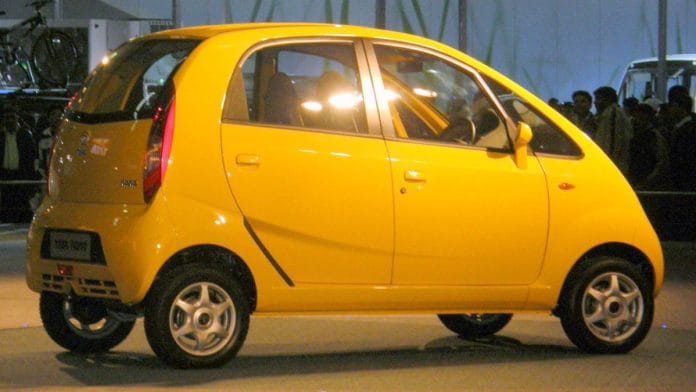As you drive past the Singur intersection on the new Grand Trunk Road that cuts across Southern West Bengal, you encounter an electric substation that is not connected to the grid and doesn’t seem to serve anything in its vicinity. These are the remains of the old Tata Motors plant that was tasked with building the Nano, a car launched with global fanfare and one that chairman Ratan Tata hoped would revolutionise the Indian automobile sector by allowing millions of motorists to become car owners. The Tata Nano was a public relations superhit in India and abroad. Everyone wanted a piece of the story, with the launch function being the largest in Indian automotive history.
Yet the Tata Nano became one of the greatest ‘what ifs?’ of Indian motoring. A multitude of reasons contributed to the commercial failure of the vehicle, one of which was the inability of the Indian conglomerate to establish a plant at Singur. Despite an impressive logistical effort involving tearing down the Singur plant and rebuilding it on the other end of the National Highway 6 in Sanand, Gujarat, the Tata Nano never sold in expected numbers. The sad fact is that the Nano, while a great story, was never really a good car. It just did not give buyers the value they wanted because it could not meet its price promise.
Re-exploring nano vehicles
Tata Motors managed to dust off the failure of compact cars, and today, the plant in Sanand has helped propel the automobile manufacturer up the sales charts. It now produces best-sellers like the Punch, Tiago and Tigor, challenges Hyundai for the second spot among carmakers in India, and has bagged the top position in the country’s budding electric vehicle segment. Yet, is it time for Tata Motors and other carmakers to re-explore the idea of microcars? As a few MG Comet microcars finally start hitting Indian streets and French automaker Ligier tests its Myli subcompact car in the country, is there a chance for a next-generation electrified Nano?
From a logical point of view, there should be. In fact, if you were to observe the future scapes imagined at carmakers’ pavilions at major expositions, you’d see a combination of small cars that look like giant toasters coupled with huge autonomous drones that seem to have come from James Cameron’s Avatar to redefine mobility as we know it. These are supposedly powered by sustainable solar or wind-based electricity. While I have learned to take promises of the future with a pinch of salt, it’s hard to forget that it was just in the 1990s that we were promised flying cars and a human-crewed mission to Mars.
But this seems achievable, and the fact is that sustainability should be an important consideration for all of us—especially while buying cars. As extreme rains over the past few weeks have demonstrated, climate change is occurring. And while the Covid-19 pandemic has hindered shared mobility, the time of smaller, more practical personal mobility vehicles has come.
Also read: I spent 6 weeks with Hyundai IONIQ 5 EV. Here’s how it behaves—highways to city traffic
Electrified microcars are our best bet
Yes, I am also partial to a large, powerful Sports Utility Vehicle, but if you drive between Delhi and Gurugram as thousands of office-goers do daily, you will notice many private passenger cars with just a single person inside them. The fact is that most vehicles are overbuilt for the purpose they serve. Sure, some users need large vehicles for that daily school drop and the occasional highway drive. Building more and more roads in an urban setting is clearly not a sustainable solution. While Indian cities have taken massive strides toward building local and regional public transport solutions, getting people out of their cars and into metro systems remains an uphill challenge.
Small, electrified microcars might be the best compromise for those who crave personal mobility above everything else because let us be honest: driving in peak hours in any Indian city is deeply unenjoyable. There is nothing like being in your own space and listening to your favourite music or podcast or whatever floats your boat during that time. There is a reason that all images of a future Apple or Google car look like the aforementioned giant toasters. As does the MG Comet, in all honesty. It is not a looker by any stretch, but as I wrote in my review of the car, it has a nice cabin and is pleasant to be inside. And maybe that was the secret sauce the Nano lacked; it felt a bit too cheap.
At a time when incomes are rising in India, and buyers expect more in their cars and mobile phones, cars ought to reflect that aspiration. Buyers should also aspire to be more sustainable, and the electric microcar could be a happy means to that end. That said, I’m not buying one just yet myself.
@kushanmitra is an automotive journalist based in New Delhi. Views are personal.
(Edited by Zoya Bhatti)






